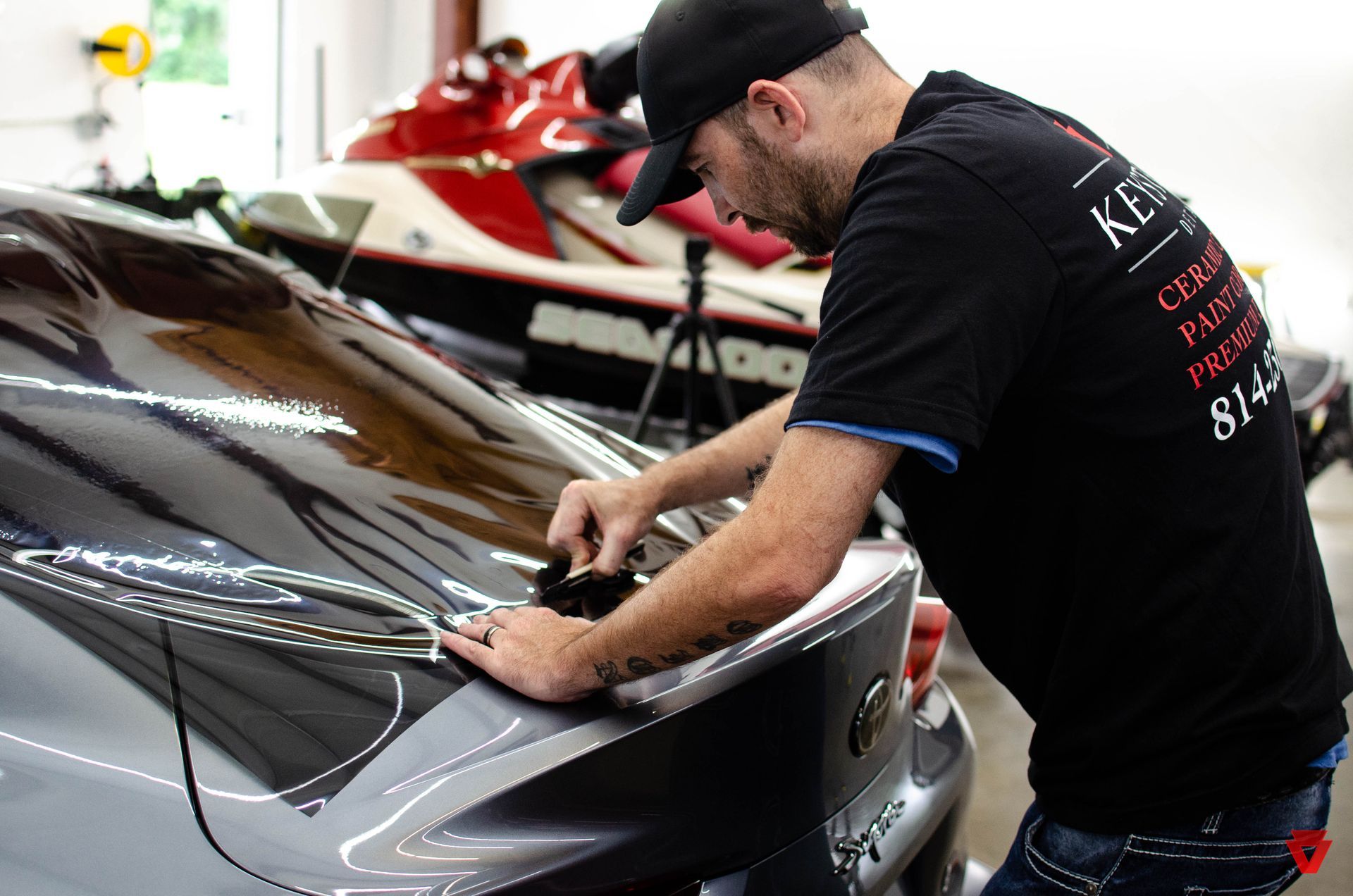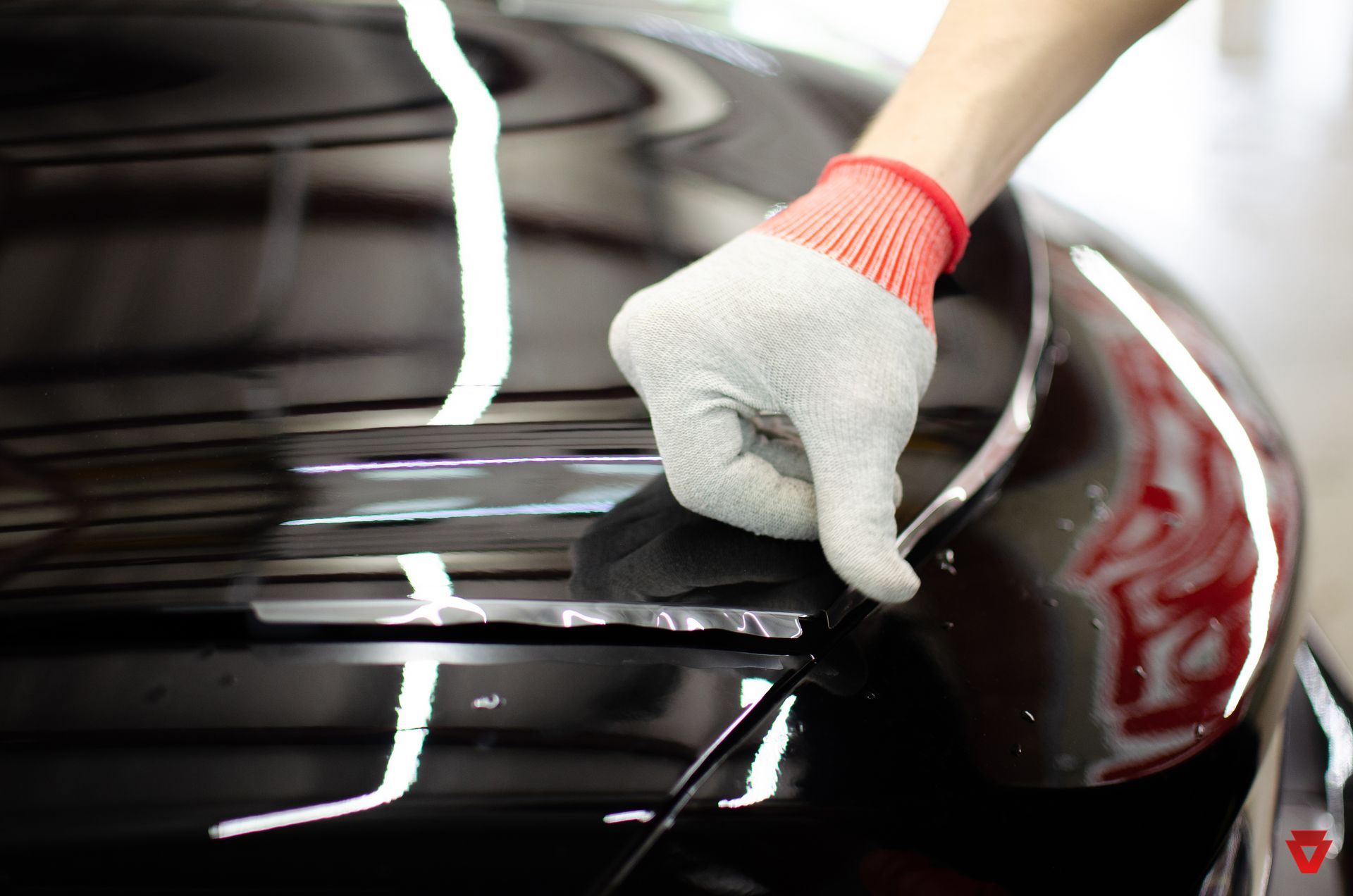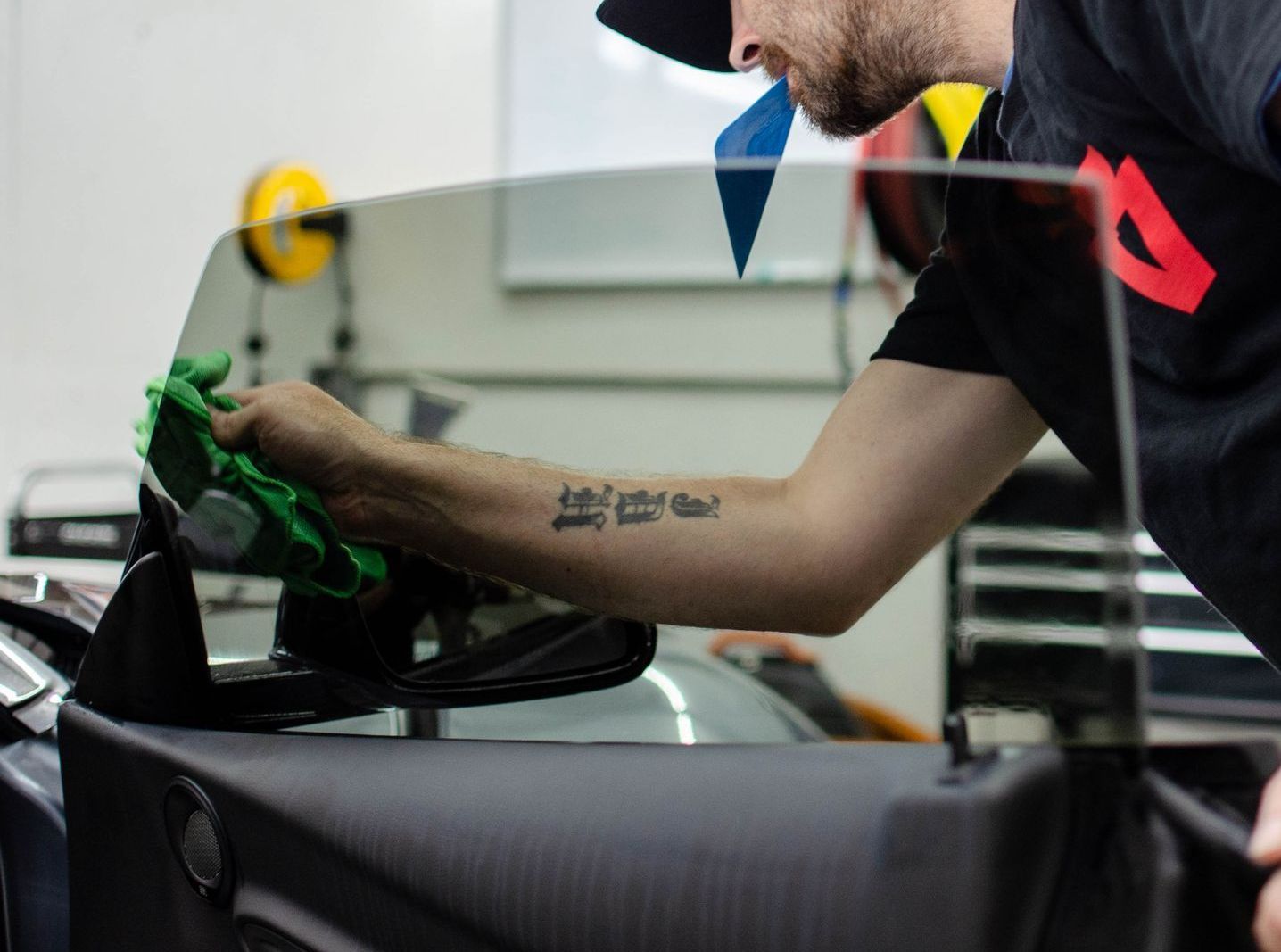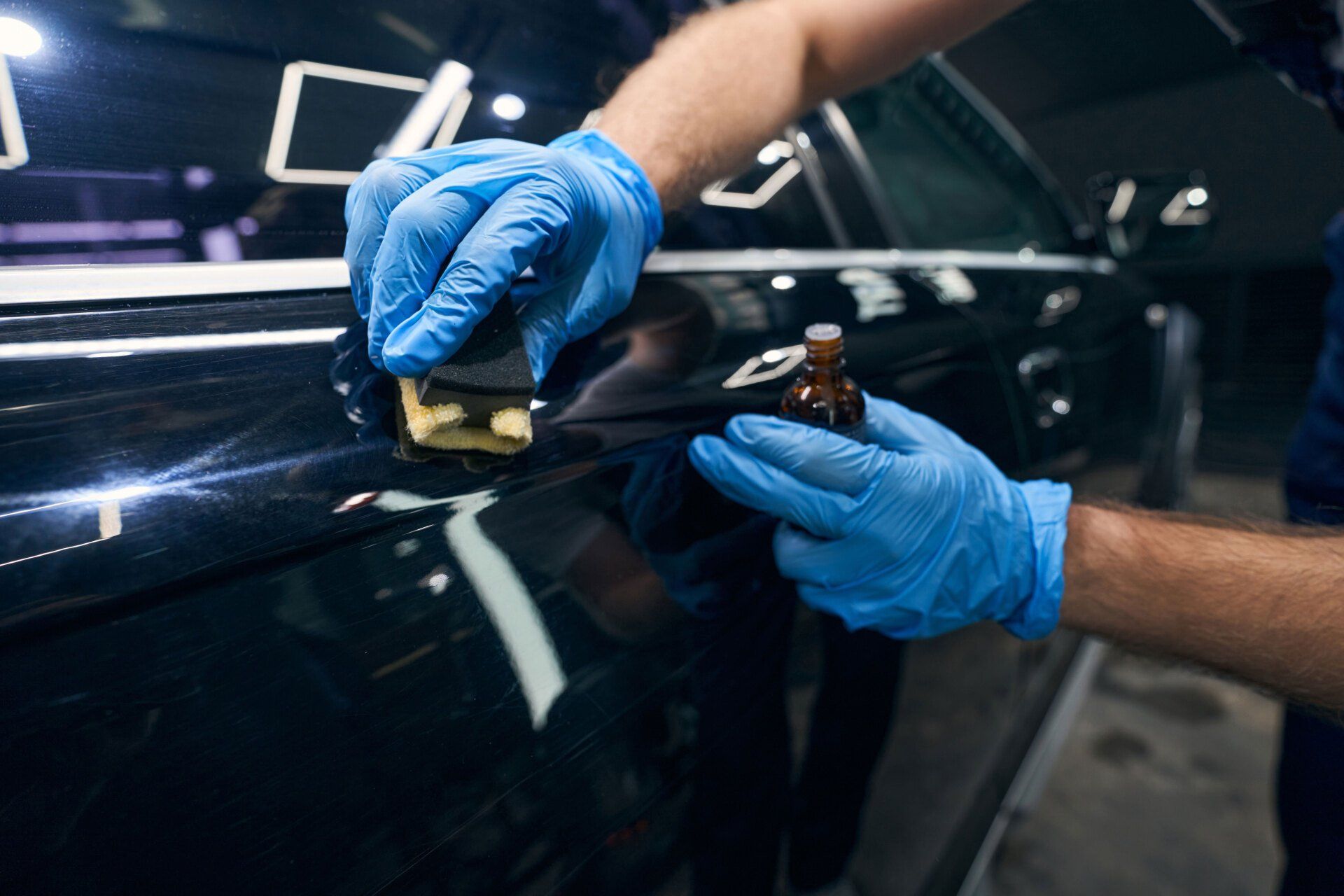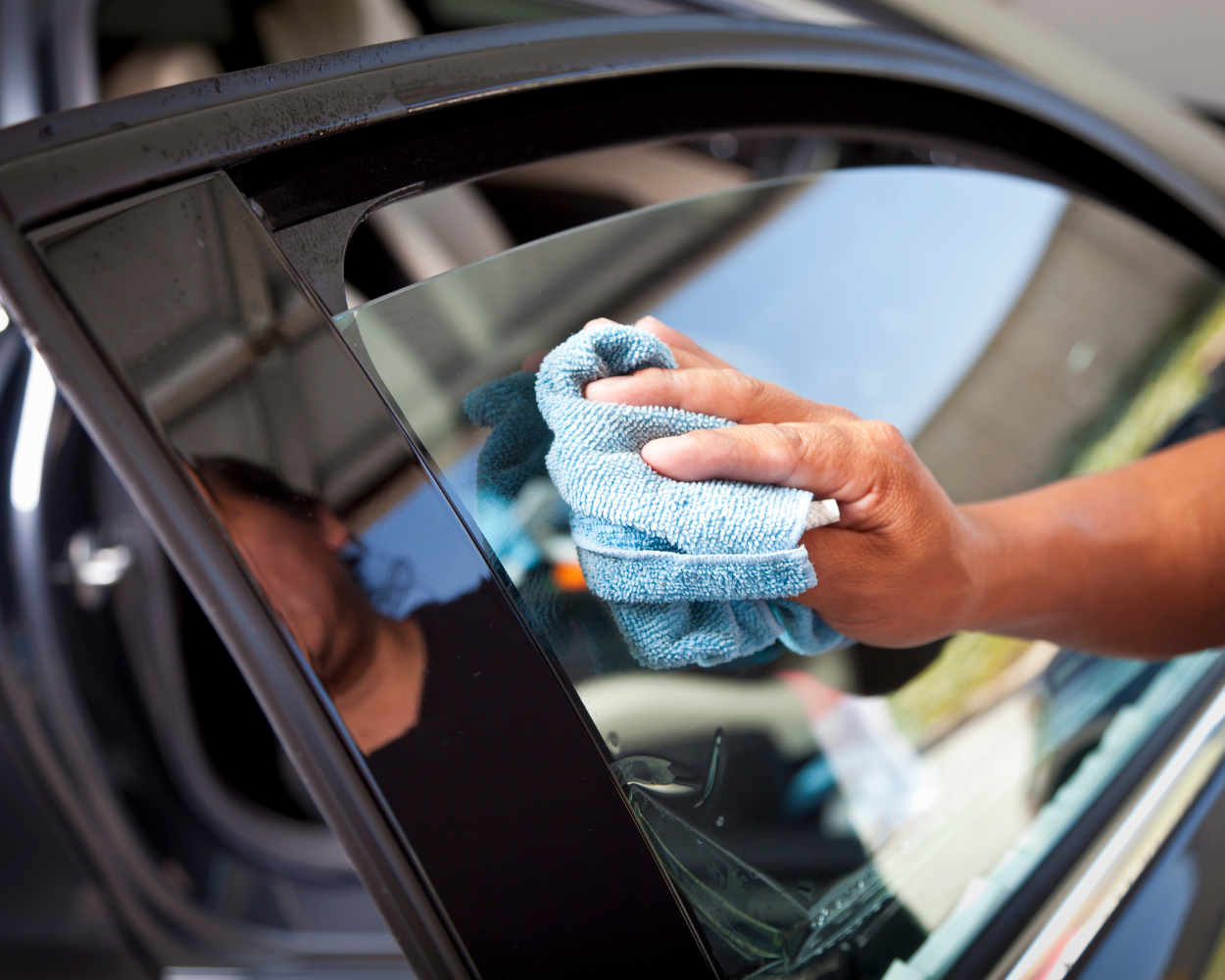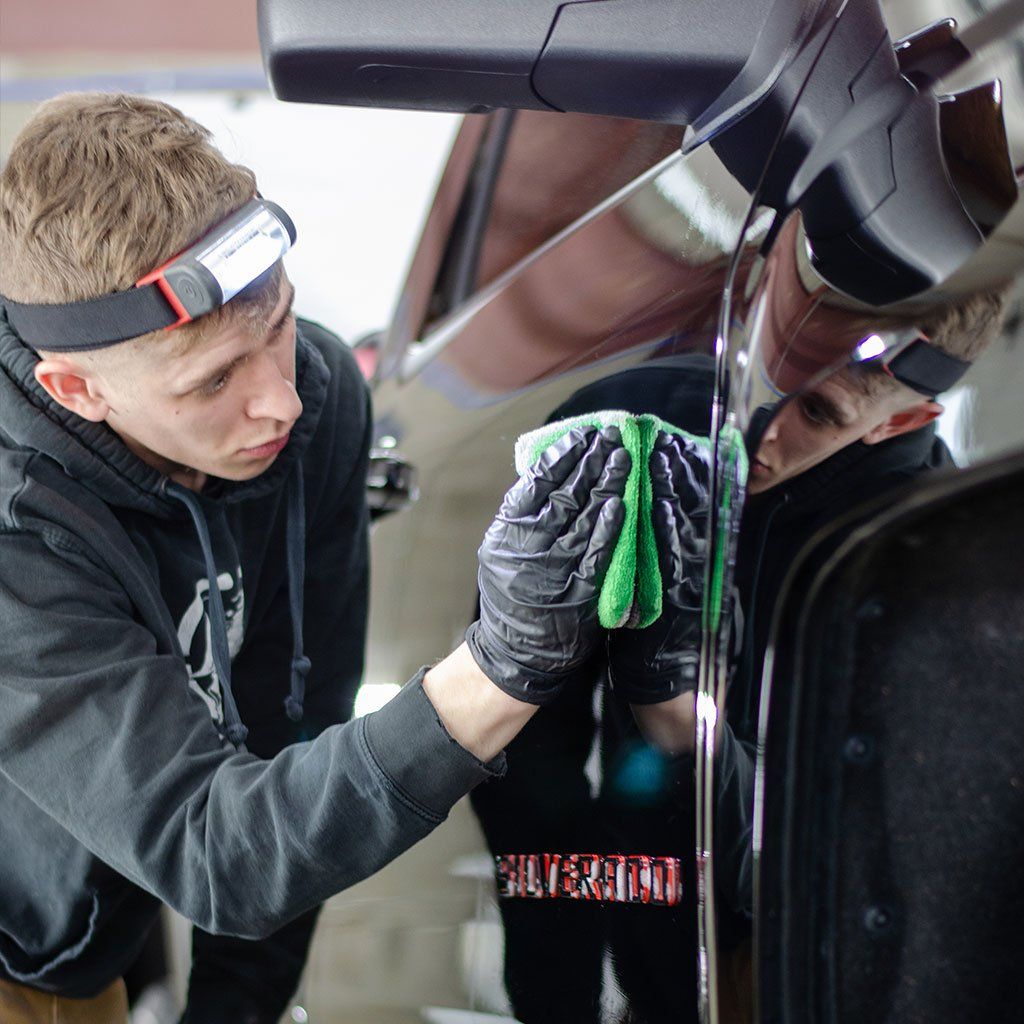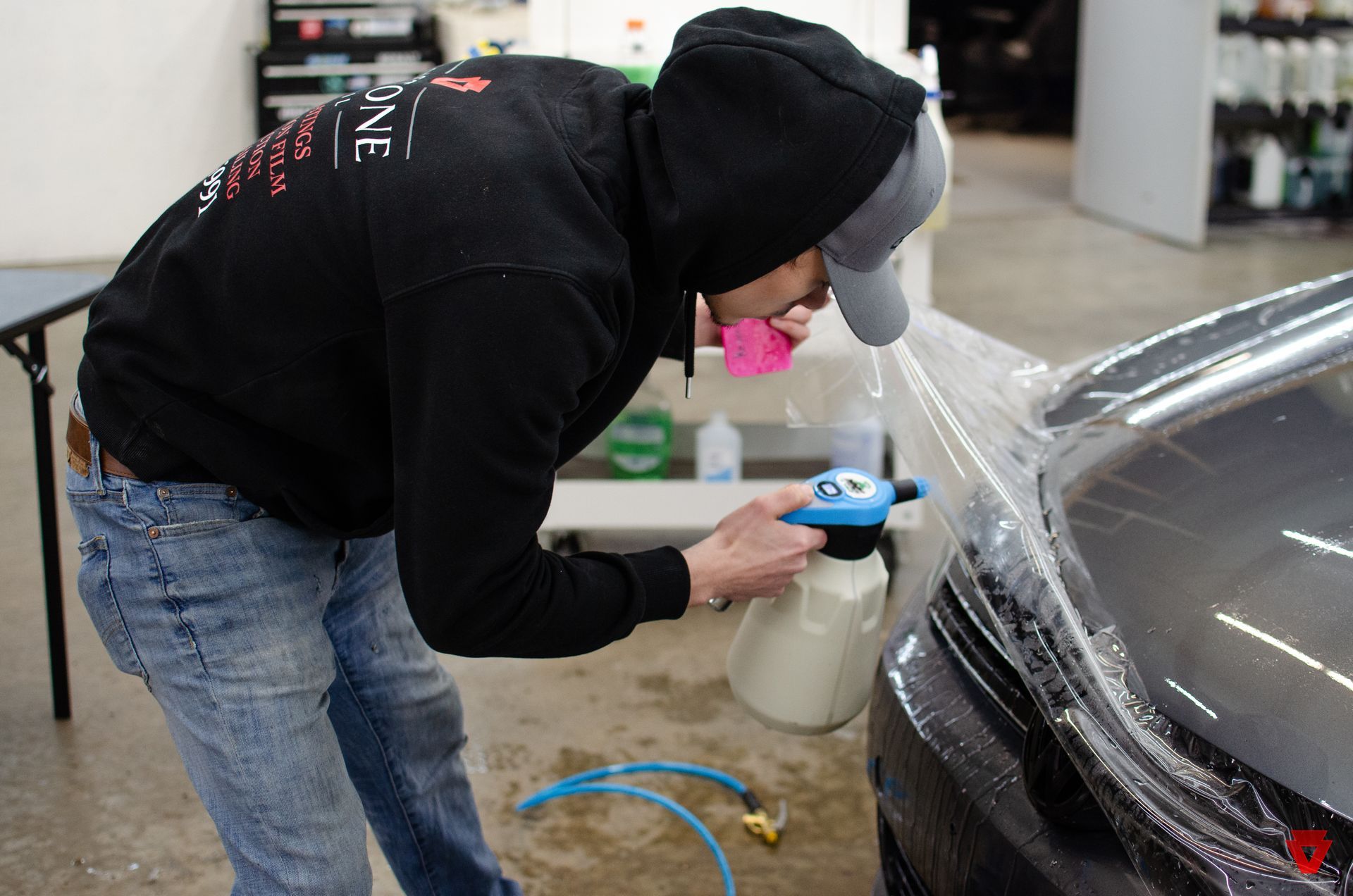Ceramic Coating vs. PPF: Unveiling the Distinctions in Erie, PA
Introduction:
In the realm of automotive protection, two popular options have gained significant attention: ceramic coatings and paint protection film (PPF). While both serve the purpose of protecting your vehicle's exterior, they possess distinct characteristics and offer unique benefits which are important to know so you can make the best decision. In this blog post, we will explore the dissimilarities between ceramic coating and PPF, shedding light on their applications, durability, appearance, and installation processes. By the end, you'll have a comprehensive understanding of these protective solutions, helping you make an informed decision to preserve your vehicle's shine and maintain its like new condition.
Understanding Ceramic Coating
Ceramic coating, often referred to as nano-ceramic coating, is a liquid polymer that chemically bonds with the vehicle's paint surface utilizing nanotechnology. It forms a transparent and protective layer that shields the paintwork from external elements, such as UV rays, oxidation, bird droppings, tree sap, and minor scratches. The coating's hydrophobic properties enable water and dirt to bead up and slide off, simplifying the cleaning process and reducing the risk of water spots.
Ceramic coatings provide a durable protective barrier that lasts for years, depending on the quality of the product and maintenance routine. The application process involves thorough surface preparation, including paint correction if necessary, followed by the careful application of the coating. While ceramic coatings enhance the gloss and depth of the paint, they are primarily designed to protect the underlying surface and replace the need for reapplication of waxes and sealants.
Exploring Paint Protection Film
Paint Protection Film (PPF), also known as clear bra or clear film, is a thin, thermoplastic urethane material that adheres to the vehicle's paintwork. It offers superior protection against rock chips, scratches, and other physical damage caused by road debris. PPF is optically clear and virtually invisible, preserving the vehicle's original appearance.
Unlike most ceramic coatings, PPF offers self-healing properties, where minor scratches or swirl marks disappear with the application of heat or sunlight. This unique characteristic ensures that the film remains in top condition, maintaining a seamless look and best vehicle appearance overall while protecting the OEM finish.
The installation of PPF requires precision and expertise. It involves cutting the film to match the specific contours of the vehicle and then applying it to the painted surfaces. The process may take several hours or even days, depending on the complexity of the vehicle's design.
Comparing Ceramic Coating and PPF
a. Protection Level:
Ceramic coatings excel in protecting the paint from environmental contaminants and UV rays. They offer excellent chemical resistance and help prevent oxidation. However, they are not impervious to physical damage and will not provide protection against rock chips and deep scratches.
On the other hand, PPF offers exceptional protection against physical damage, such as stone chips, road debris, and minor abrasions. It acts as a sacrificial layer, absorbing the impact and shielding the paint beneath. Think screen protector for you cars paint. PPF provides peace of mind for those concerned about maintaining a flawless finish.
b. Appearance:
Ceramic coatings enhance the gloss and depth of the paint, giving it a smooth and reflective finish. The coating's hydrophobic properties ensure that water and dirt slide off effortlessly, keeping the vehicle looking cleaner for longer.
PPF, being nearly invisible, preserves the original appearance of the vehicle. It does not alter the paint's finish, allowing the color and texture to remain unchanged. PPF seamlessly integrates with the vehicle's design, offering a discreet protective layer.
c. Durability:
Ceramic coatings offer long-lasting protection, typically lasting from one to ten years. However, their lifespan is influenced by factors such as the quality of the coating, maintenance routine, and environmental conditions. Regular maintenance, such as proper washing techniques, is essential to maximize the longevity of the coating.
PPF is highly durable and can endure years of abuse. It is resistant to yellowing, cracking, and peeling. The self-healing properties of PPF help to maintain its pristine condition over time. However, if the film sustains significant damage, it may require replacement.
Integrating Both Ceramic Coating and PPF for The Best Protection
Integrating both ceramic coating and PPF can provide a comprehensive and synergistic approach to vehicle protection, yielding the best of both worlds. By combining these two solutions, you create a multi-layered defense against a wide range of potential damages.
Ceramic coatings excel in shielding the paint from environmental factors like UV rays, oxidation, and chemical contaminants, while also enhancing the overall gloss and appearance. On the other hand, PPF specializes in guarding against physical damage caused by road debris, rock chips, and minor scratches, all while maintaining the vehicle's original look.
By layering ceramic coating over PPF, you can further amplify the protection against fading, discoloration, and small abrasions, while also benefiting from the hydrophobic properties of the ceramic coating. Essentially getting the best of both worlds. This integration maximizes the durability and lifespan of both solutions, ensuring your vehicle remains in pristine condition for an extended period. While this approach requires a higher upfront investment, the long-term benefits in terms of appearance preservation and reduced maintenance costs make it an enticing choice for enthusiasts who demand nothing less than the ultimate protection for their cherished vehicles.
Conclusion
Ceramic coatings and PPF provide distinct advantages when it comes to protecting your vehicle's exterior. While ceramic coatings focus on safeguarding the paint from environmental elements, PPF offers superior defense against physical damage. The choice between these two protective solutions ultimately depends on your priorities and preferences. For those seeking long-term protection and enhanced appearance, ceramic coatings are an excellent choice. However, if you prioritize defense against rock chips and scratches without altering the vehicle's appearance, PPF is the way to go. Consult with a professional detailer to determine which option suits your needs and budget, ensuring your vehicle remains in immaculate condition for years to come.
If you are considering either of these options for a vehicle of yours we would be happy to help find the right combination for you and your vehicle. YOu can get in touch with us right
here at our contact page!
